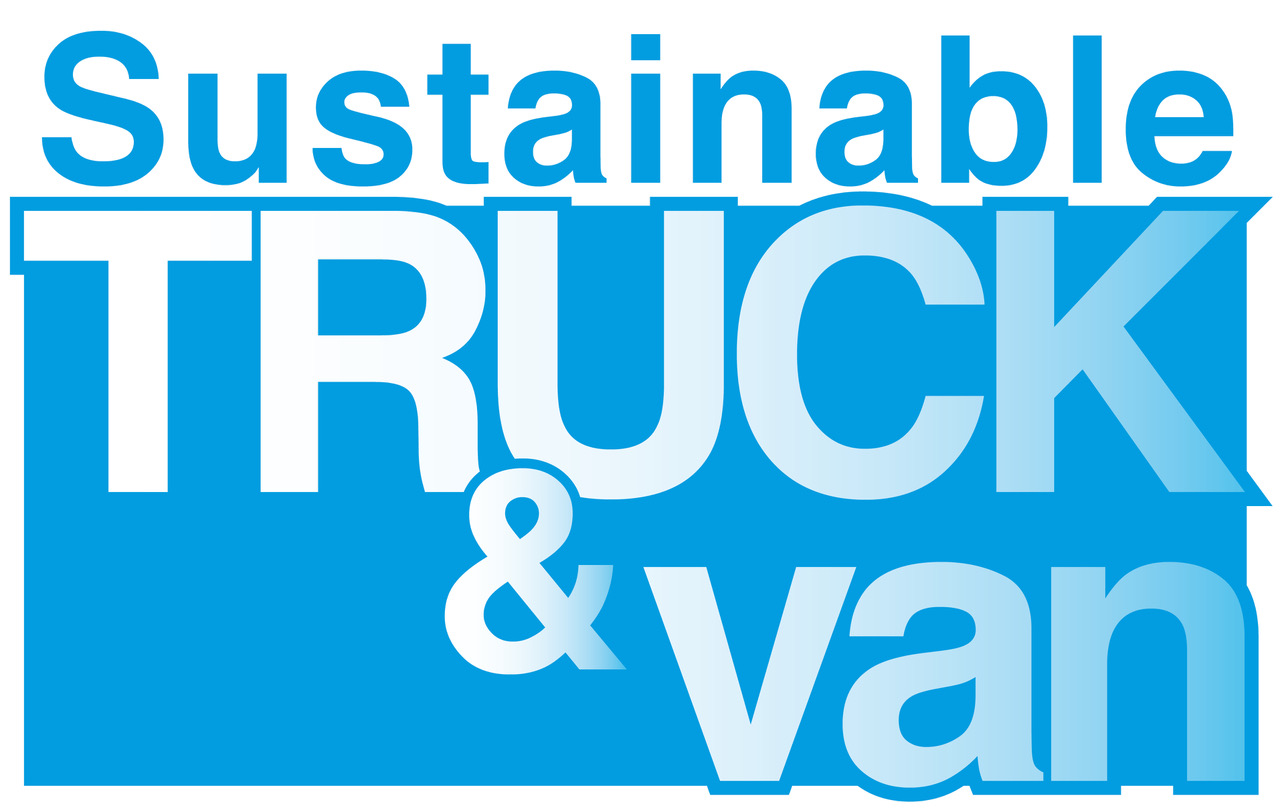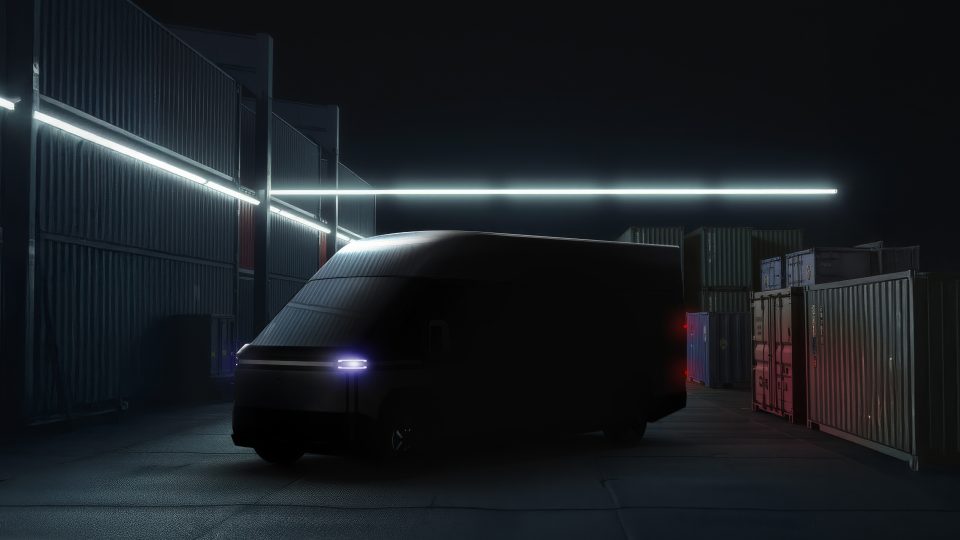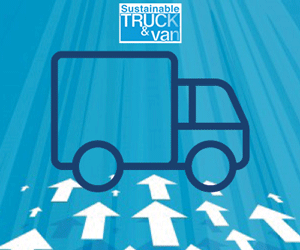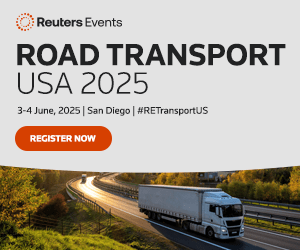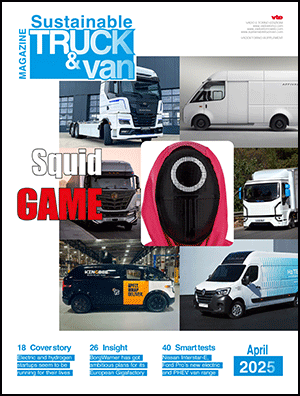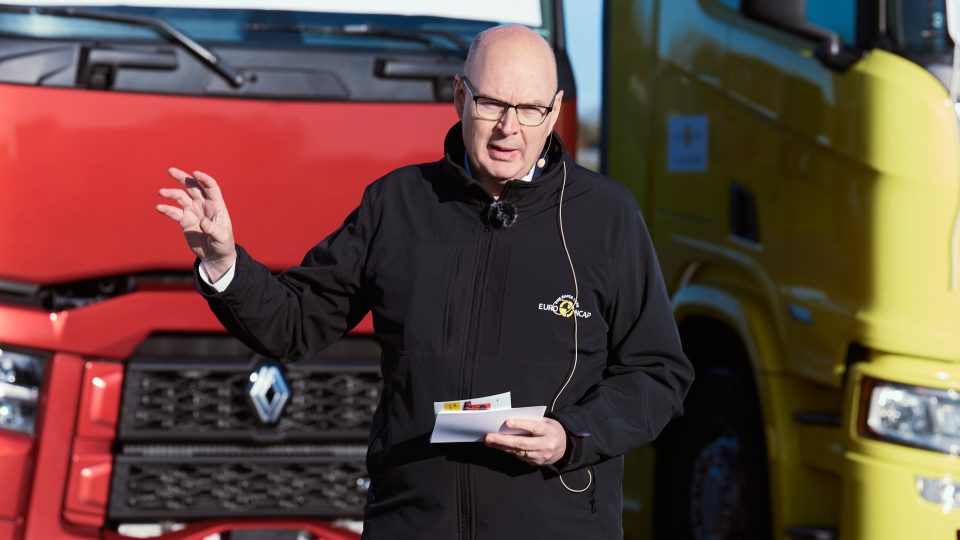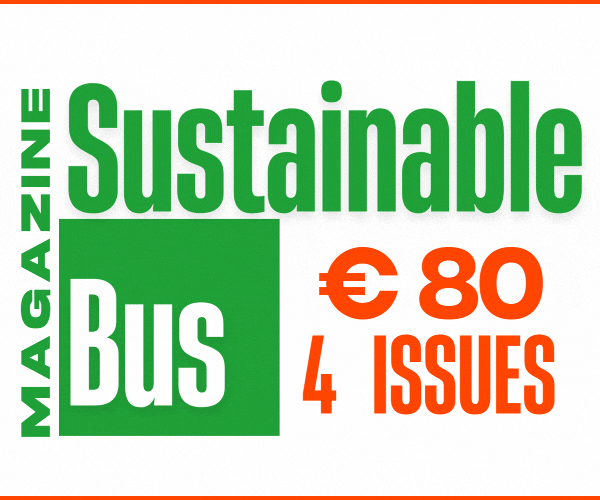There’s great potential to make U.S. commercial transportation cleaner. Our interview with Jacob Richard (CALSTART)
As a national nonprofit organization, the major target of CALSTART is building a high-tech clean-transportation industry. Among other key initiatives, CALSTART publishes reports with the aim of updating on the penetration of zero-emission commercial vehicles in the U.S. We started our chat with Jacob Richard from market trends, then switched to startup issues, hydrogen, the upcoming ACT Expo...

As a national nonprofit organization, the major target of CALSTART is building a high-tech clean-transportation industry. Among other key initiatives, CALSTART publishes reports with the aim of updating on the penetration of zero-emission commercial vehicles in the U.S. Let’s start our chat with Jacob Richard from market trends, then.
CALSTART: truck electrification trends in the U.S.
What are the key findings from the very last report released by CALSTART in January as for truck electrification in the U.S.? Let me point out that the latest data refer to January-June 2024. The next report will be released in May.
“We’re seeing that cargo vans are taking off, driving the zero-emission vehicle adoption. It’s mainly because of the ideal capability of last mile delivery. Out of June 2024 we see about 35,000 of them on the road. Multiple OEMs produce ZE vehicles with high volumes, at a price range that’s quite comparable, if not cheaper, than ICE vans”.

Looking at the U.S. territory, can we say zero-emission trucks are going out of California, which has always been the leading state?
“Some states like Texas or Florida are taking off. In my opinion, it’s always a matter of viability of this type of trucks. Businesses all over the U.S. are looking at features like TCO, driver retention, less intensive maintenance, and so on, regardless of possible incentives in different states. We see these vehicles are very appreciated by drivers. Of course, we have some uncertainties right now as for the regulation level, even though I do not see that as a huge barrier. It might slow down, of course, but I still think we’re going to see increasing figures of zero-emission trucks deployed across the whole nation in the next years”.
All the world is looking at the new president of the U.S. and try to read the future of electric vehicles in North America. Do you believe the real intention of Pres. Trump is to recant Pres. Biden’s Green Deal?
“Actually, there’s a lot of uncertainty going on, in terms of what he can or cannot do. Something has to do with funding that has been frozen, or what is going to happen with regulations. We are closely monitoring the evolution of it”.
The importance of incentives
Here in Europe, there’s so much talk about incentives, and their importance to boost the electric commercial vehicle market. What’s happening in the U.S., in this regard?
“A barrier on any new technology is related to higher prices. Incentives are very useful to help first adopters to try new technologies. Once technology becomes more common and fleets are more confident, we’re going to see more economies of scale, with prices coming down”.
What’s happening in the U.S. in terms of infrastructure development?
“Right now, it’s mainly private infrastructure supporting clean transportation in the U.S. So far, such scenario is fine, with great companies doing innovative things. The presence of shared charging depots is going to be critical to scale all this cost effectively. Not every fleet needs to charge their vehicles at the same time, so it’s possible to share the same assets. This will help investors and infrastructure providers build these depots. These structures are growing along some of the main freight corridors in the country”.
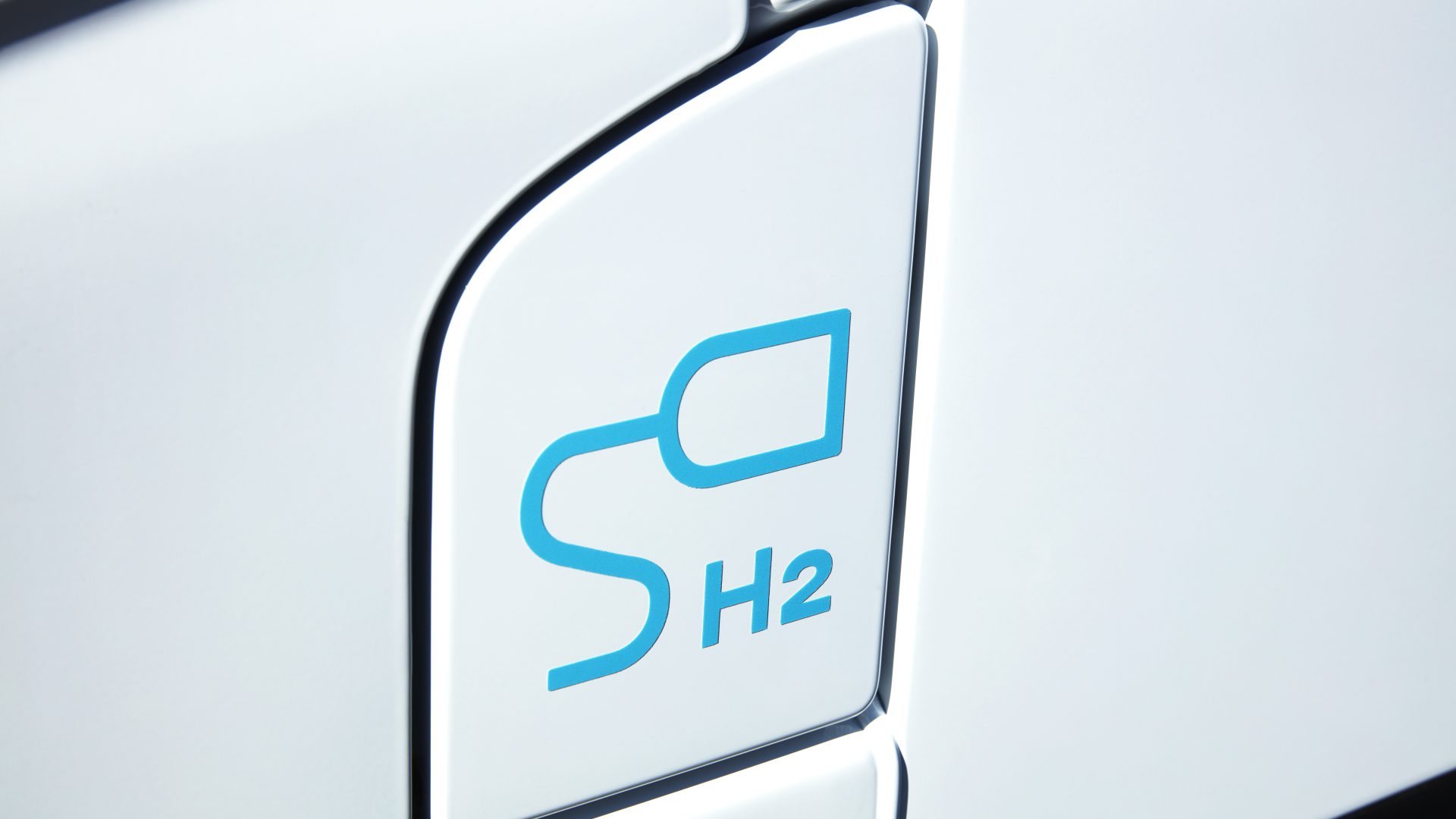
How do you see the role of hydrogen in the mobility sector? Is it just too hard to produce and distribute?
“I think the main issue with hydrogen is that we should lower the price at the pump. Compared to BEVs, we already have electricity available, while hydrogen is totally different. We’re really starting from scratch, and we need to build up hydrogen production, which is not easy. We also need off-takers. Maybe heavy-duty trucks or niche applications, for instance in mining, are the most suitable possibilities for hydrogen”.
The issues with startups in zero-emission commercial mobility
In the last few months, several companies were forced to bankruptcy, in the U.S. as well as in EU. How worrying is it for the industry of electric vehicles?
“Of course, it’s very upsetting to see some companies go bankrupt. Looking at the figures, none of these companies had big numbers on the market, so this should not affect the development of electric commercial mobility. It’s interesting to see how the already built assets can be reutilized, now”.

Do you see a bigger space for traditional companies in the electrification market?
“Legacy OEMs can step up more easily that startups, that’s for sure. One thing we’re starting to see is that some new companies are building chassis, instead of the body, thus reducing the costs. Some startups are innovative, though, and can be important for the development of cleaner transportation. Even though some of these startups had a negative outcome, they can be an inspiration for other players coming to the market”.
We’re about to attend ACT Expo 2025. What do you expect from this year’s edition? More product showcase or talks about policy?
“We’ll see. The full conference program is going to be very interesting. We’ll have the possibility to look at significant niche segments. Looking at the last editions, I can say that two years ago there was huge talk about hydrogen, while last year one of the major issues was the already mentioned shared depots”.
